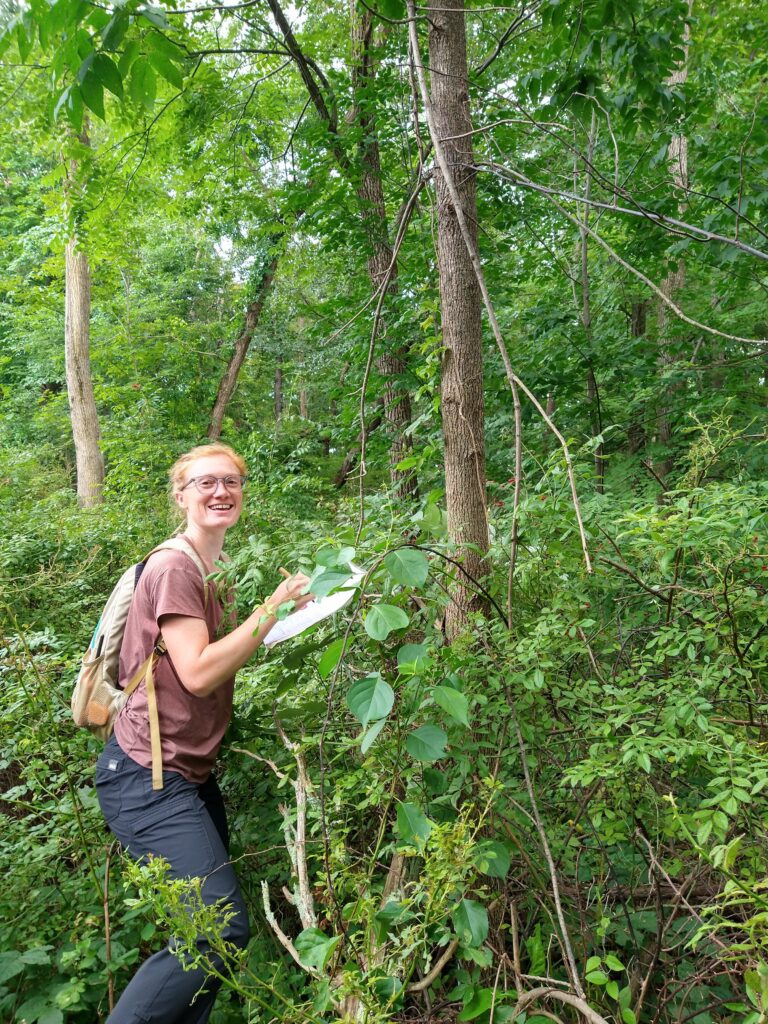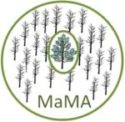Up-to-date new Training Webinars will be posted in March 2024
Because of recent expansion of the MaMA program and exciting new advances, we are in the process of recording five new training webinars that will replace those previously available. The webinars will comprise the following: 1) Overview of the MaMA program, its citizen-science projects and management tools; 2) How to recognize ash and EAB signs and participate in the MaMA Ash/EAB Surveys citizen-science project; 3) How to conduct a MaMA Rapid Ash Mortality Assessment (MaMA RaMA); 4) How to set up a MaMA Monitoring Plots Network plot; and 5) How to use MaMA Lingering Ash Search to find and report lingering ash and potential lingering ash.
If you are considering participating in any MaMA citizen-science project, please make sure to first view the MaMA program overview webinar. We also strongly encourage everyone to view the one on recognition of ash and EAB signs, since these signs can be difficult to distinguish from damage by other pests, and recognizing EAB evidence is essential for all the projects. Of course, if you are thinking of conducting MaMA RAMAs, setting up a monitoring plot or searching for lingering ash, please make sure to view the appropriate training webinar.
Brief descriptions of each of the webinars are provided below. Although webinar viewing is not required for those who have attended an in-person training workshop or who will attend a workshop before collecting data, these recorded trainings can serve as additional resources. To be notified when the recorded webinars become available, please send an email to outreach@monitoringash.org.
The recorded webinars comprise the following:
1) Overview of the MaMA program, its citizen science projects and management tools.
This overview includes description of the essential tasks for each stage of EAB invasion, explanation of MaMA’s unique decision tree to help you manage ash, exploration of its other ash management resources, brief introductions to its citizen-science projects, and training in use of its interactive, georeferenced action maps to find the highest priority ash conservation actions for your location. It also explains how the USFS EAB Resistance Breeding Program has been able to yield highly resistant native trees using material collected from lingering ash.
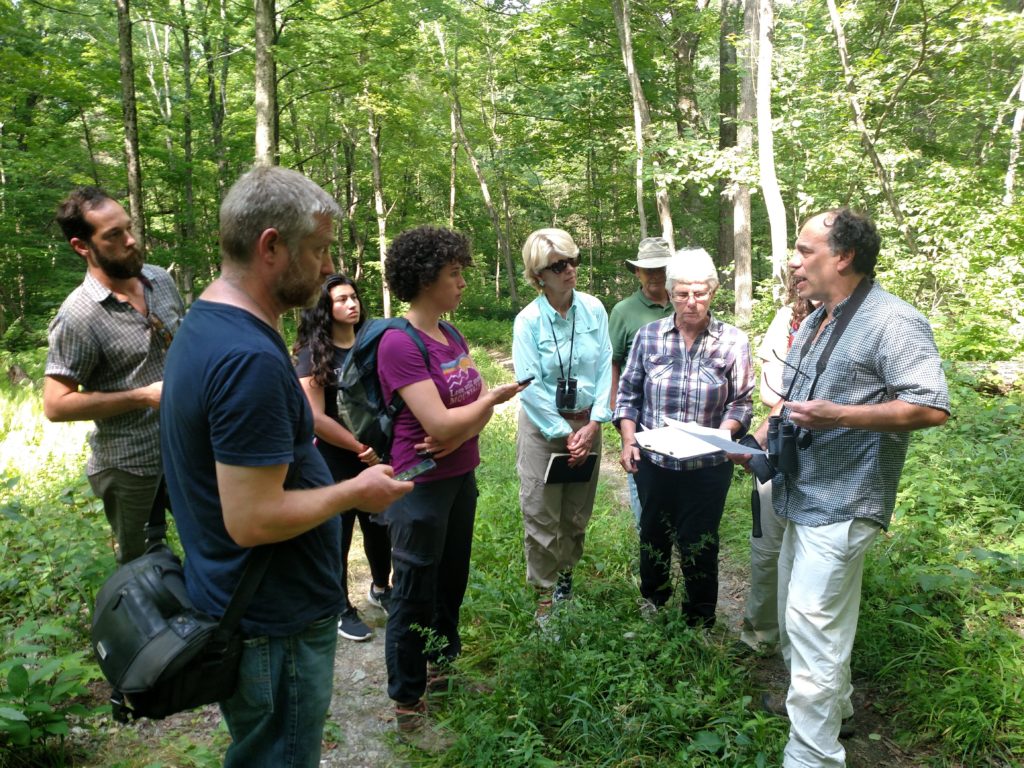
2) How to recognize ash and EAB signs and participate in the MaMA Ash/EAB Surveys citizen-science project
To contribute data to any of MaMA’s citizen-science projects, you’ll need to know how to distinguish ash from other trees and also how to recognize the definitive evidence of EAB. You’ll learn how to do this and also how to report EAB evidence and EAB-caused die-off through the MaMA Ash/EAB Surveys project. Data for this project can be collected in minutes, help guide ash conservation actions, and have gained importance as agency tracking of EAB has been scaled back.
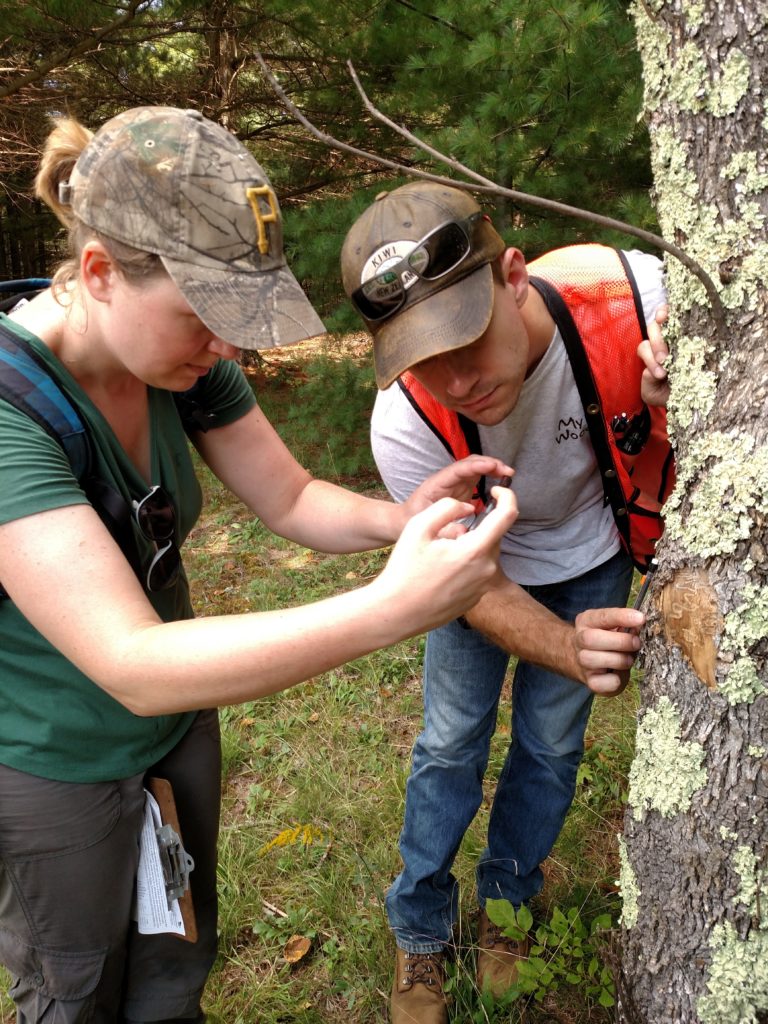
3) How to do MaMA Rapid Ash Mortality Assessments (MaMA RAMAs)
To find lingering ash requires timely searching areas after particular percentages of ash have been killed by EAB. Although monitoring plots provide the most precise data for this, MaMA RAMAs crucially enable mortality assessments in areas for which plots are not practical, while also requiring a smaller time commitment. For example, MaMA RAMAs can often be done by citizen scientists on publicly accessible land without needing a permit.
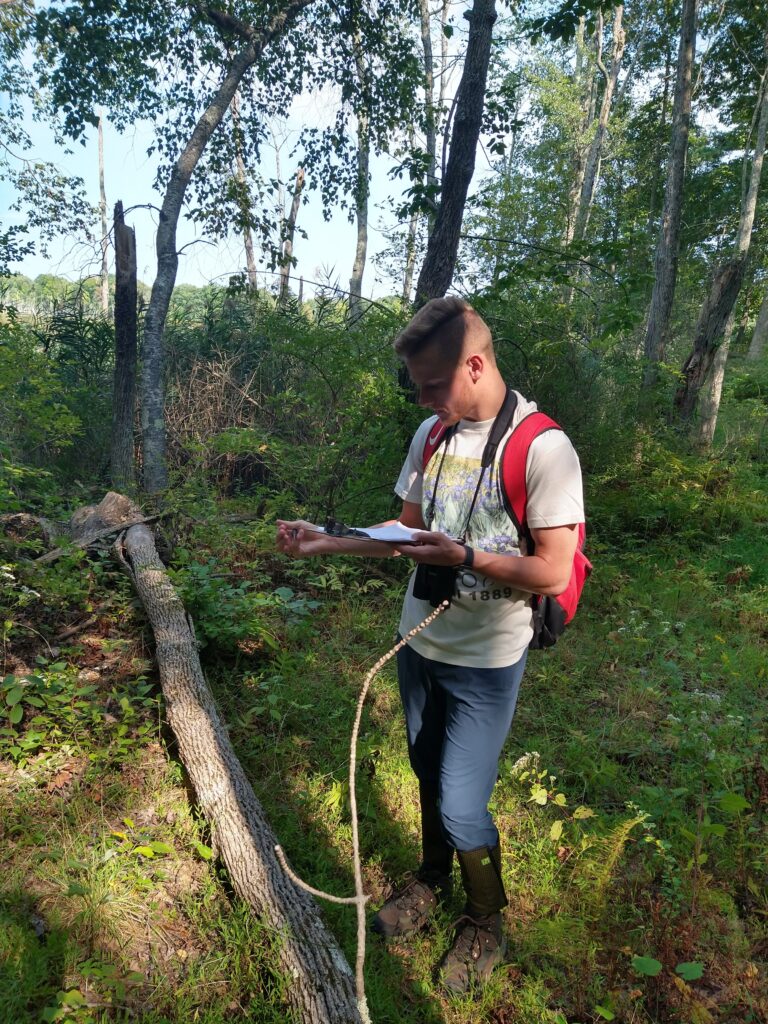
4) How to join the MaMA Monitoring Plots Network
The MaMA Monitoring Plots Network enables collection of precise data to determine when an area is ready to be searched for lingering ash. The rigorous data can also help managers craft more finely tuned EAB management strategies, while establishing and monitoring a plot often also serves as a focal point for EAB outreach. To establish a plot, you only need to have 40 mature native, chemically untreated ash whose health you check once a year.
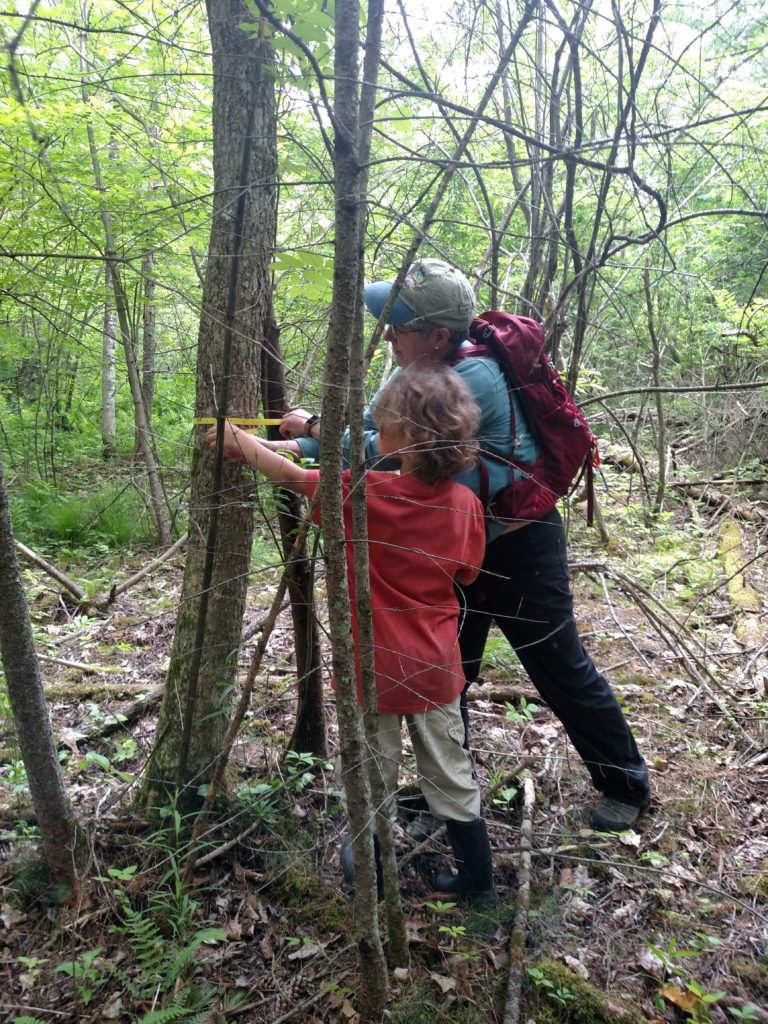
5) How to use MaMA Lingering Ash Search to find and report lingering ash and potential lingering ash
Lingering ash, by definition, are mature trees that remain healthy at least 2 years after 95% of the mature ash in an area have been killed by EAB. Through the MaMA program, you’ll find out when your area is ready to be searched for lingering ash and “potential lingering ash” (healthy mature ash in areas where most of the ash are dead or in severe decline, but where the the 95% + 2-year threshold hasn’t yet been met). Protecting potential lingering ash from cutting is important because some may ultimately turn out to be actual lingering ash.
In this webinar, you’ll learn how to use the MaMA Lingering Ash Search citizen-science project to rigorously report lingering (and potential lingering) ash you find opportunistically as well the results of systematic searches for such trees. If you do a systematic search in an area that’s ready to be searched and don’t find any lingering (or potential lingering) trees, even reporting your negative results is very helpful because it prevent effort from being wasted on repeated searches of the same area.
